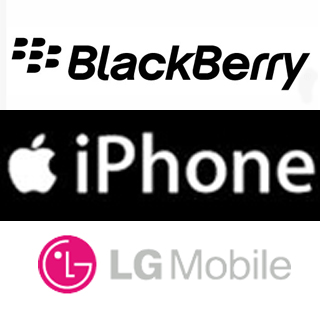
Smartphones seem to be selling like hot cakes as prices continue to fall. As per the NPD Group, buy-one-get-one (BOGO) offers and other cost reduction on smartphones apparently resulted in a 3 percent decline in usual prices in the third quarter (Q3) of 2009.
The by and large standard purchase cost for handsets in the U.S. dropped to $85, as it was $88 in Q3 2008. Smartphone unit share supposedly held their ground against feature phones; around 28 percent of handset sales were of smartphones last quarter.
Ross Rubin, director of industry analysis at The NPD Group, commented, “Carriers have been heavily promoting the latest advanced handsets, which has spurred recent growth in the smartphone market and an increase in the number of smartphone brands available to consumers. For example, while there was only one Android device available in the fourth quarter of last year, now there are eight available from three major carriers.”
As per NPD’s Mobile Phone Track, smartphone price reductions by carriers claimed to aid Blackberry Curve, iPhone 3GS, and iPhone 3G to lead the sales chart for mobile phones. Apparently, LG was leading in the sales of feature phones which are phones sold devoid of an operating system with LG enV3 and LG enV Touch turning out to be in the top five sellers. Mobile phone accessories sales achieved a staggering $2.3 billion in Q3 2009, which is said to be an augment of 12 percent over the preceding quarter.
Rubin mentioned, “Carriers and retailers are increasingly looking to the holiday season for the increase in sales traditionally enjoyed by other consumer-electronics categories. Growing revenue opportunities offered by accessories and service are just two ways that handsets offer revenue potential beyond someone switching carriers.”
Consumers’ favored shopping spots in the third quarter of 2009 were as seen. Around 68 percent of the customers bought their mobile phones at carrier stores, about 8 percent purchased from mass merchants and roughly 9 percent at electronics stores, in the third quarter of 2009.
Rubin remarked, “Although carrier stores lead sales throughout the year, around the holidays consumers tend to purchase more handsets from mass merchants, due in part to the allure of one-stop shopping for a variety of holiday gifts.”
NPD observed last year that sales of pre-paid handsets apparently signified around 17 percent of the market in the third quarter, thereby augmenting to 20 percent the subsequent quarter.
Rubin concluded by mentioning that they look forward to witness even better gains for pre-paid phones during the holidays, as they seem to be fairly simple to offer as gifts, since they don’t need a signed contract with a specific carrier.
Decline in handset prices even with more and more high-tech features being launched may turn mobile phones into one of the most purchased products in the future.
